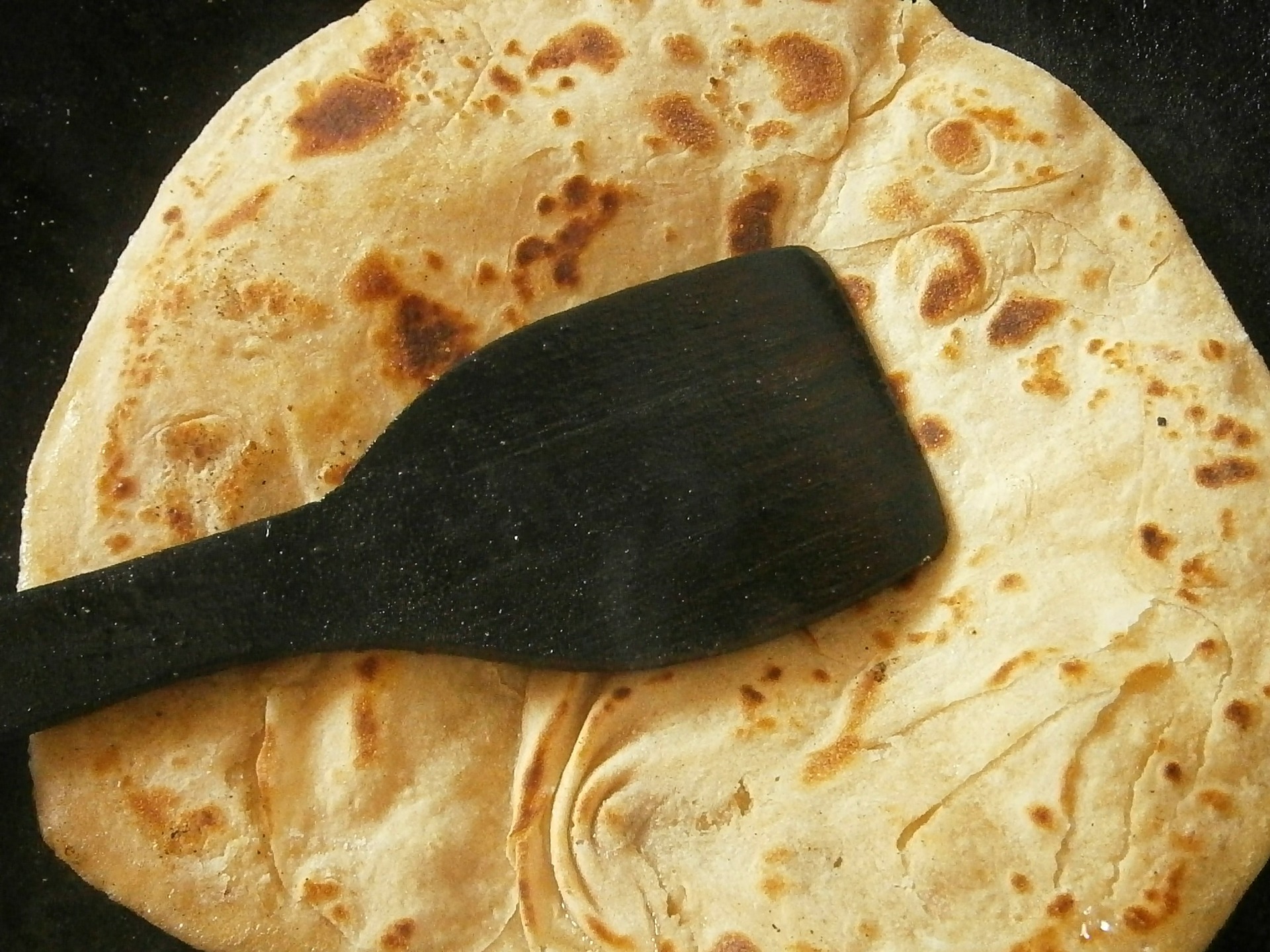Lesson 11
A Bigger Piece
Warm-up: Choral Count: 10 More, 10 Less (10 minutes)
Narrative
Launch
- “Count by 10, starting at 6.”
- Record as students count.
- Stop counting and recording at 116.
- “Count back by 10 starting at 116.”
- Record as students count.
- Stop counting and recording at 6.
Activity
- “What patterns do you see?”
- 1-2 minutes: quiet think time
- Record responses.
Student Response
For access, consult one of our IM Certified Partners.
Activity Synthesis
- “Who can restate the pattern in different words?”
- “Does anyone want to add an observation on why that pattern is happening here?”
Activity 1: Which is Bigger? (15 minutes)
Narrative
Supports accessibility for: Language, Conceptual Processing
Required Materials
Materials to Gather
Launch
- Groups of 2
- Give each student a pair of scissors.
Activity
- Read the task statement.
- 10 minutes: partner work time
- Monitor for students who notice that the halves are bigger than the fourths for both shapes.
Student Facing
-
- Each partner cuts out their circle.
- Decide who will cut into halves and who will cut into fourths.
- Fold your circle into halves or fourths then cut it.
- Compare your pieces with your partner.
- What do you notice?
-
Be ready to explain your thinking in a way that others will understand.
-
- Repeat with your squares.
- Compare your pieces with your partner.
- What do you notice?
-
Be ready to explain your thinking in a way that others will understand.
-
Write 2 things you notice about your pieces.
Student Response
For access, consult one of our IM Certified Partners.
Activity Synthesis
- Invite previously identified students to share.
- “___ noticed that for both same-sized shapes, a half of the shape was bigger than a fourth of the shape. Do you think that will always be true? Why?” (Yes. When you cut a circle into halves, it is two pieces. Then if you cut it into fourths, you get four smaller pieces. Fourths are smaller than halves of the same-size shape.)
Activity 2: Priya and Han Share Roti (10 minutes)
Narrative
Required Materials
Materials to Gather
Launch
- Groups of 2
- Give students access to colored pencils or crayons.
- “What are some different types of food that you can share with another person?” (pizza, sandwich, papadum, quesadilla, tortilla)
- “This picture shows roti, a flatbread from India.”
Activity
- Read the task statement.
- 5 minutes: partner work time
- Monitor for a student who shows and can explain that a half is bigger than a fourth.
Student Facing
Priya and Han are sharing roti.
-
Priya says, “I want half of the roti because halves are bigger than fourths.”
-
Han says, “I want a fourth of the roti because fourths are bigger than halves because 4 is bigger than 2.”

Who do you agree with?
Show your thinking using drawings, numbers or words.
Use the circle if it helps you.

Student Response
For access, consult one of our IM Certified Partners.
Activity Synthesis
- Invite previously identified students to share.
MLR8 Discussion Supports
- “Who can restate what ____ shared in their own words?”
- Consider providing students time to restate what they heard to a partner before selecting one or two students to share with the class.
- Ask the original speaker if their peer was accurately able to restate their thinking.
Activity 3: Introduce Geoblocks, Feel and Guess (15 minutes)
Narrative
Required Preparation
- Place 4–6 different geoblocks into a bag that is not see-through for each group of 2 students.
Launch
- Groups of 2
- Give each group of students a bag containing 4-6 solid shapes.
- “We are going to learn a new way to play Geoblocks, called Feel and Guess.”
- “One partner will reach into the bag and feel one shape without looking at it. Feel the shape until you can guess which shape it is. Once you guess, remove the shape and show it to your partner. If your partner agrees, put the shape back into the bag, and switch roles.”
Activity
- 10 minutes: partner work time
Activity Synthesis
- “What did you feel that helped you guess the shape?” (I felt if the shape had points or not. I felt the shape of the sides on the shape.)
Lesson Synthesis
Lesson Synthesis
Cool-down: Unit 7, Section B Checkpoint (0 minutes)
Cool-Down
For access, consult one of our IM Certified Partners.
Student Section Summary
Student Facing
We learned that circles and rectangles can be split into two equal pieces which are called halves and four equal pieces which are called fourths or quarters.
A half of the square is shaded.

A fourth or a quarter of the circle is shaded.

Two of the halves are shaded.

Four of the fourths are shaded.


